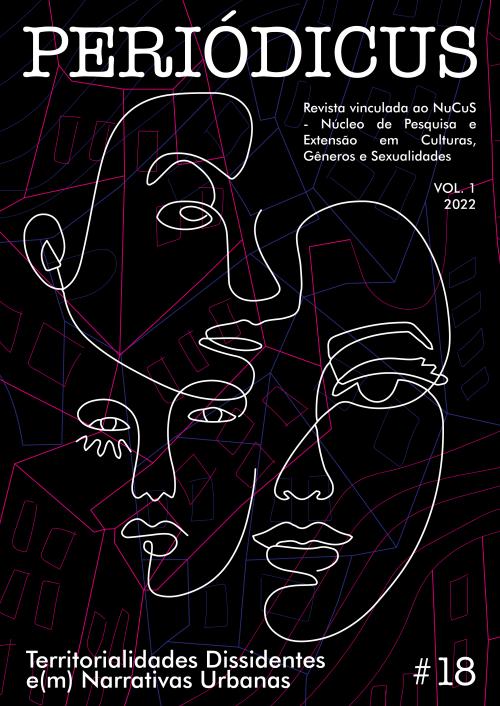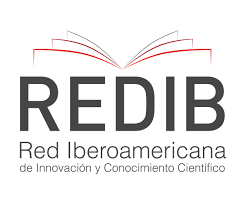The body and the ‘metreo’
between the ‘happy little box’ and the ‘putivagón’ in Mexico City
DOI:
https://doi.org/10.9771/peri.v1i18.50150Abstract
In the city, the relationship between the body and the place is the producer of the space (always in the process of becoming) of the emerging realities imbricated in everyday life. In the great Mexico City, the subway is the preferred public transportation for thousands of people. From the ethnographic work carried out between the ‘cajita feliz’ and the last car, also called ‘putivagón’, it was possible to identify the place of the body and of the bodies of men in the process of appropriation of the urban public space of the subway. The body as a binding agent of sexuality and homoeroticism, of continuity between human and machine flesh, of intersection of the subjective, social and cultural order, is the substantial element for the construction of complicity pacts between men from the emergent and abject in the couplings of the cyborg in the practice of ‘metreo’.
Downloads
Downloads
Published
How to Cite
Issue
Section
License
Copyright (c) 2022 JOSÉ OCTAVIO Sancén

This work is licensed under a Creative Commons Attribution-NonCommercial 4.0 International License.
Authors who publish in this journal agree to the following terms:
Authors retain copyright and grant the journal the right of first publication, with the work simultaneously licensed under a Creative Commons Attribution Noncommercial License that allows the work to be shared with acknowledgment of authorship and initial publication in this journal, but prohibits commercial use.
Authors are authorized to enter into separate additional contracts for non-exclusive distribution of the version of the work published in this journal (e.g., publishing in an institutional repository or as a book chapter), with acknowledgment of authorship and initial publication in this journal.
Authors are permitted and encouraged to publish and distribute their work online (e.g., in institutional repositories or on their personal website) at any point before or during the editorial process, as this can generate productive changes and increase the impact and citation of the published work (see The Effect of Open Access).








